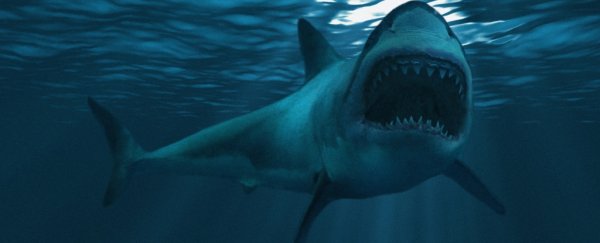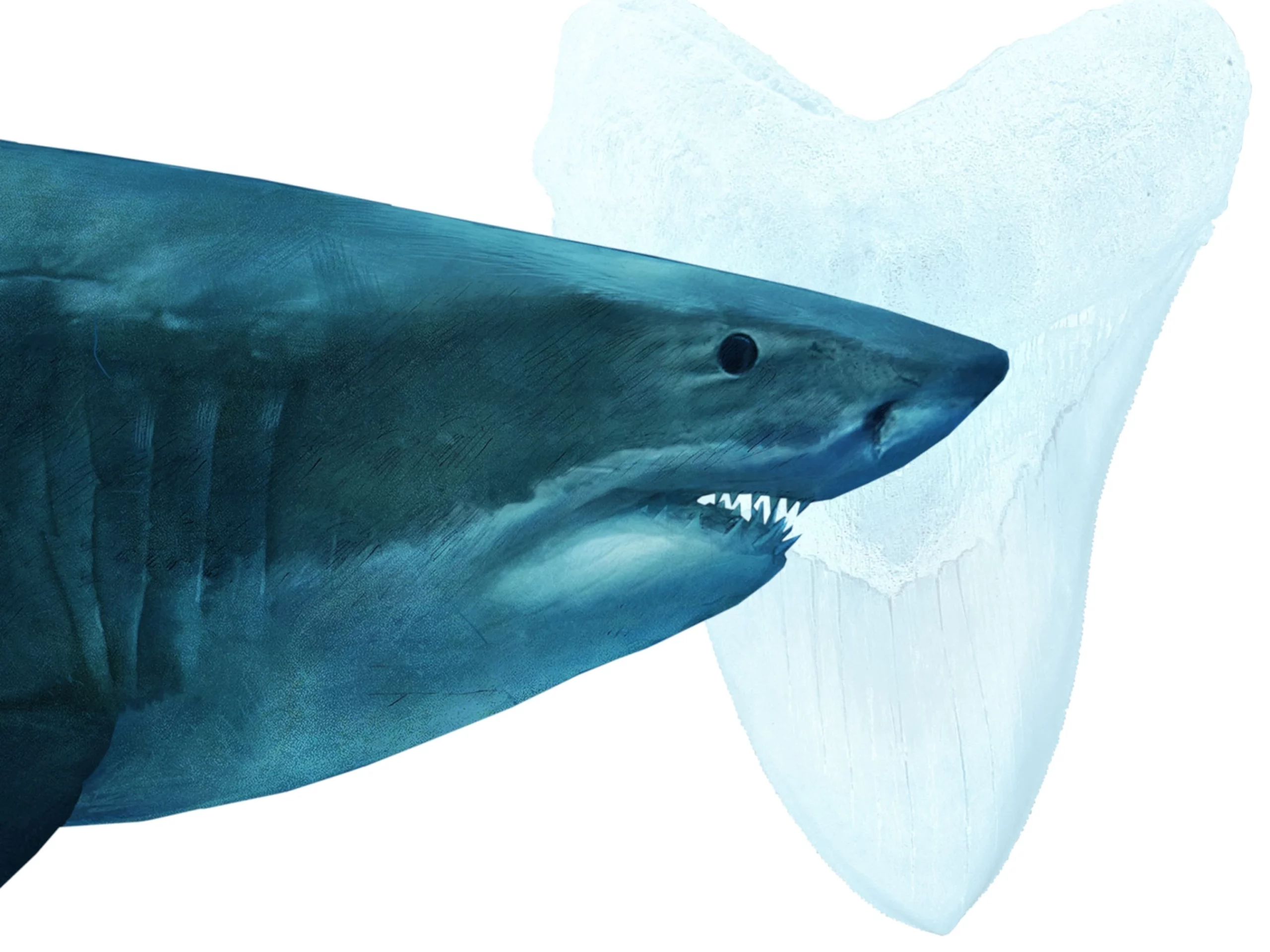Is the Megalodon Still alive: Facts and Major things to notice!
Megalodon was the most giant macro predatory shark ever. This Miocene monster’s maximum length is estimated at 60 feet. Megalodon, a macro predatory shark, lived from the early Miocene to the mid-Pliocene. Megalodon was a successful baleen whale predator. Megalodon teeth, which are found worldwide, indicate a global distribution. The macroraptorial sperm whale Livyatan melvillei was Megalodon’s only competitor. The megatooth shark’s success was unaffected, as Megalodon remains are abundant.
Sea levels were higher in the Miocene, and North and South America had not yet met to produce Panama. Warmer tropical water flowed widely due to the Atlantic-Pacific connection. This benefited Megalodon, a warm-water predator. Marine life benefited from warmer water and a convenient passage between the two major oceans.

Despite its abundance, the Miocene was short-lived. North and South America clashed in the Pliocene, shutting the Central American Seaway. This changed worldwide ocean currents, rapidly lowering temperatures. The poles froze and solidified seawater, lowering global sea levels and limiting Megalodon’s coastal nurseries.
Their prey, mid-sized baleen whales like Cetotherium, also adapted to the Miocene’s warm waters, died extinct or moved to colder, polar regions where Megalodon couldn’t follow. Large-toothed whales like the Orca’s ancestors quickly occupied Megalodon’s niche.
Megalodon was soon isolated in “islands of warm water,” but the megatooth shark dynasty ended without their principal food source and predation at younger life stages by newly developed predators. 3-2.5 million-year-old Megalodon fossils are the latest.
Does the Miocene Mysticete Muncher Live? No. No.
Despite the overwhelming evidence that the last megatooth sharks are extinct, a small but vociferous minority still believes the monster shark lives. Weak evidence, logical fallacies, and blatant lies typically support this “thesis”.
The argument that “we don’t know for sure” what’s in the vast unexplored ocean is often used. A frustrating non-argument and logical error. We can’t show there’s no megalodon in the unexplored ocean. Thus, there must be one.
Theorists say the reverse must be true because it’s difficult to prove something doesn’t exist. This “argument” can be applied to everything from fairy tale sea serpents to aliens. It doubts scientific consensus to casual observers.
Another argument is that scientists slowly discovered giant species like the enormous and colossal squid. However, their remnants have washed up on beaches, been caught in fishing vessels, and been witnessed by sailors for decades, if not centuries.

Even before a complete specimen was spotted and recorded by the scientific community, their existence was proven. The coelacanth is sometimes cited as a “Lazarus taxa” or “Living Fossil” species that survived extinction. This “evidence” demonstrates the debater’s ignorance of phylogeny and evolution.
The current coelacanth is a fantastic fish that superficially resembles its ancient cretaceous predecessors. Still, biologically it has evolved from a freshwater swamp fish to a deep coastal cave fish and is a new genus and species. Even if the megalodon had adapted to a new environment (it hasn’t, more on that below), scientists would consider it a new species with a new name.
Basics on Why Megalodon Cannot Be Alive
Megalodon fossils vanished 2.5–3 million years ago. If megalodon had progeny, we should see fossils of them. Megalodon’s only fossils date it to 2.5–3 million years ago.
The megalodon’s ecological niche no longer exists, but toothed whales and other sharks, which we know a lot about, fill the following closest predatory niches.
Megalodons were prolific, energetic, warm-water macropredators that dined on mid to large-sized cetaceans. Today, toothed whales and sharks dominate the waters as top predators. Due to their impact on ecosystems, scientists study apex predators intensively.
Megalodons would dramatically alter their habitats. Modern oceanic ecologies cannot support megalodons. The megalodon’s mid-sized, warm-water cetaceans are gone, and their closest cousins have grown and dwell in waters outside their range. The limited warm coastal seas where a megalodon could live lack large prey animals.

As said, megalodon theorists point to giant squids and megamouth sharks as instances of large animals that were “hidden” from scientists for years. These animals have been seen for decades before scientists described them. Giant squid tentacles and beaks had been seen on beaches in Newfoundland and New Zealand since the 19th century, and predators had eaten them.
Giant and colossal squids are not top predators either. They are low-metabolism ambush predators. Giant squids are the preferred prey of sperm whales, which shapes their ecosystem. The megamouth shark, another big basket-feeding plankton feeder, rarely surfaces during daylight.
It resides in deep water away from the coast and is planktivorous. Thus, human interaction is infrequent and environmental evidence is scarce. These animals cannot compare to a giant, macro predatory shark that feeds on whales daily.
Coastal megalodons were macropredators. Even if humans had never seen a prosperous, cosmopolitan shark over 50 feet long, we would have seen half-eaten whales and other larger marine species with Megalodon attack evidence. They would beach themselves on warm sea beaches worldwide, feed whales, and have nurseries in shallow, warm oceans.
No megalodon fossils have been found since the mid-Pliocene, 2.5-3 million years ago. After that, new sharks arise, although they are continuous with megalodon-era species. No Megalodon-related specimens exist. Many megalodon theories respond to criticism by claiming that existing megalodon specimens have evolved into deep ocean predators and live in undersea trenches.
No proof exists. Megalodons were specialized apex predators. Evolutionary biology has a saying. Evolution favours specialization, but specialists disappear. Scientifically, evolution favours specialists, animals that become particularly good at a few tasks.
However, specialists are the first to decline or die out when a severe environmental change occurs. Specialists have trouble adapting to significant environmental changes like a worldwide ocean temperature drop and the loss of primary food supplies.
A specialized apex predator like the megalodon could not have developed into a deep ocean predator, much as a population of African lions dumped in the south pole would not soon evolve into subzero-temperature acclimated polar cats.







